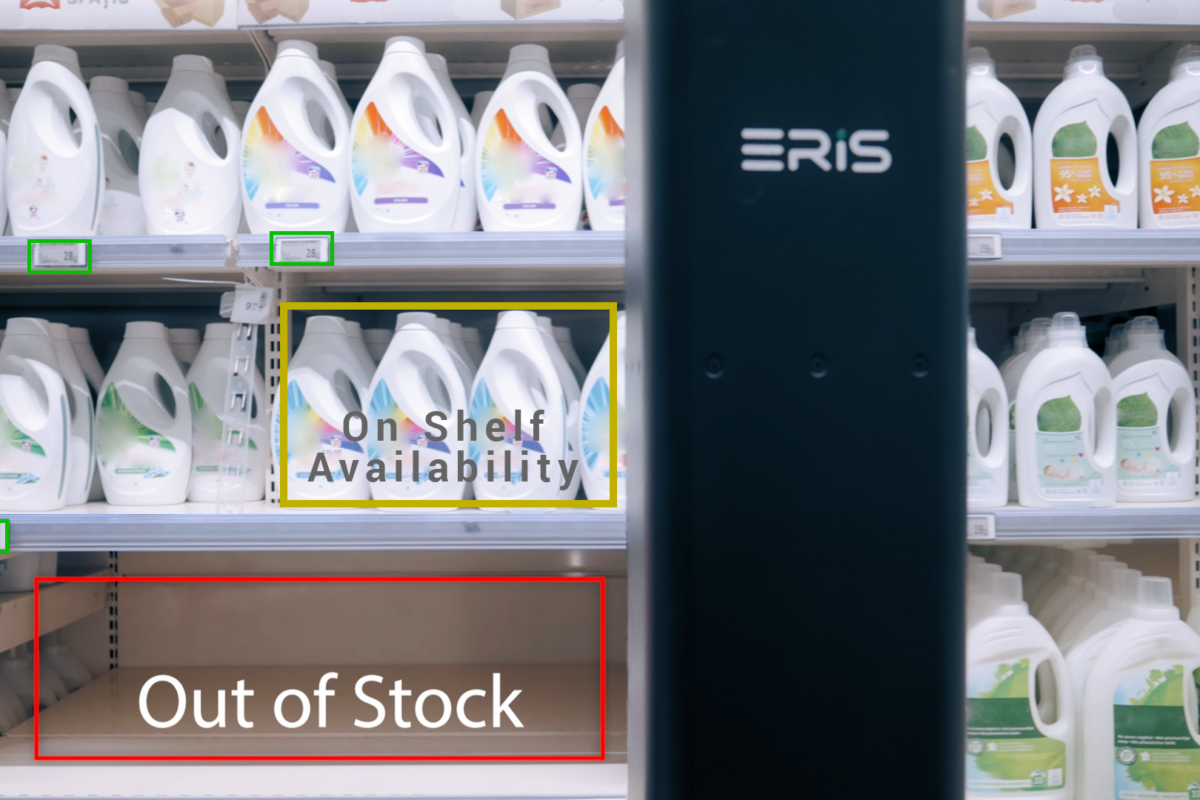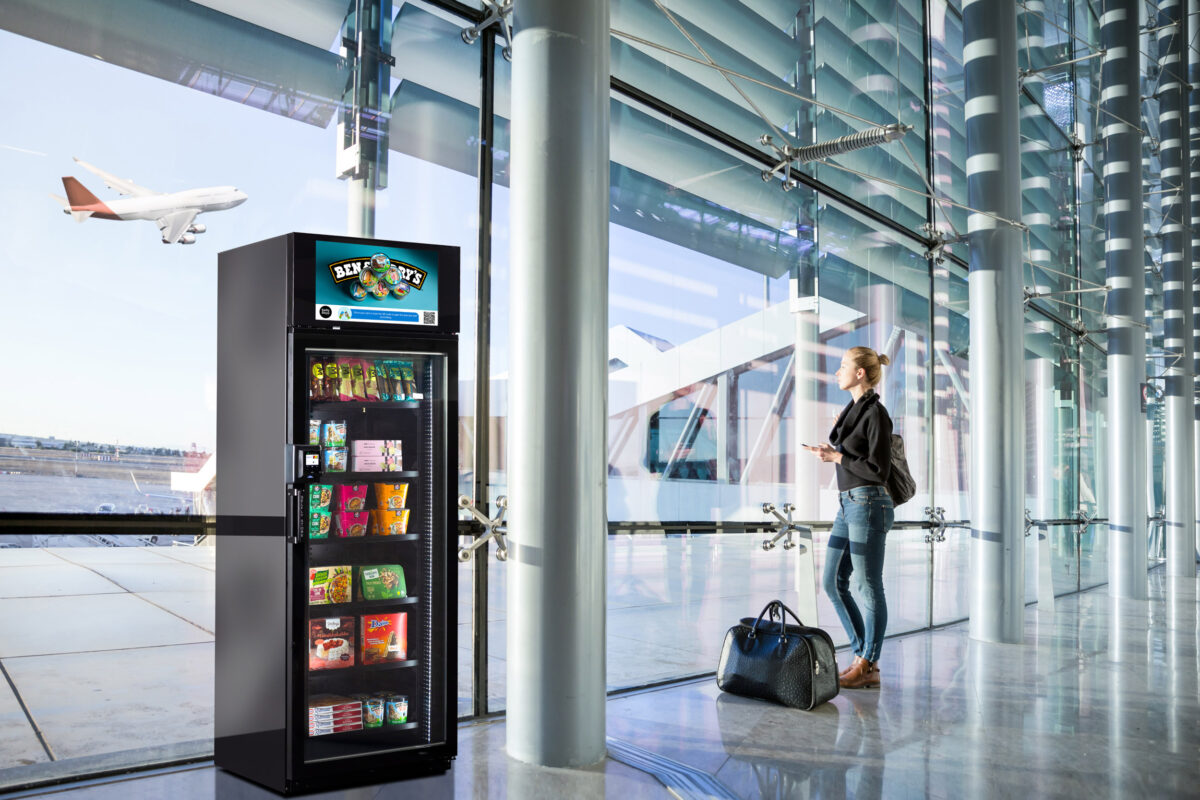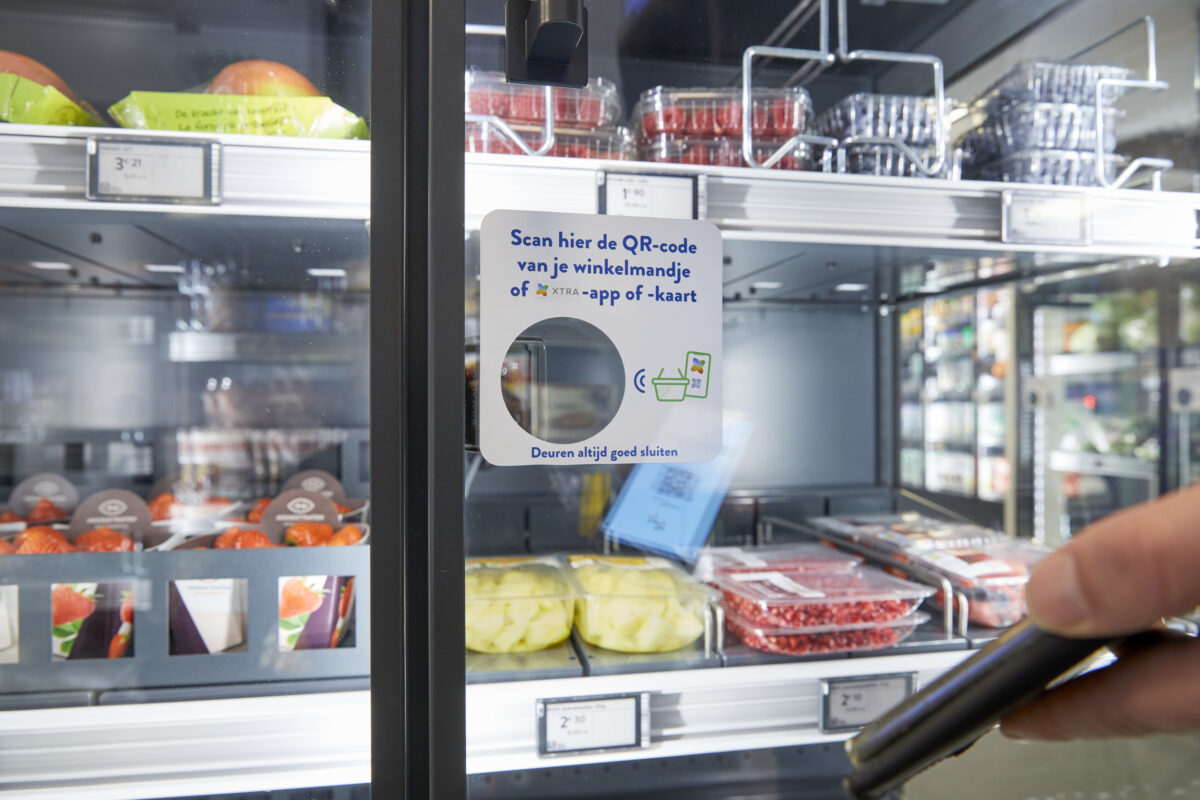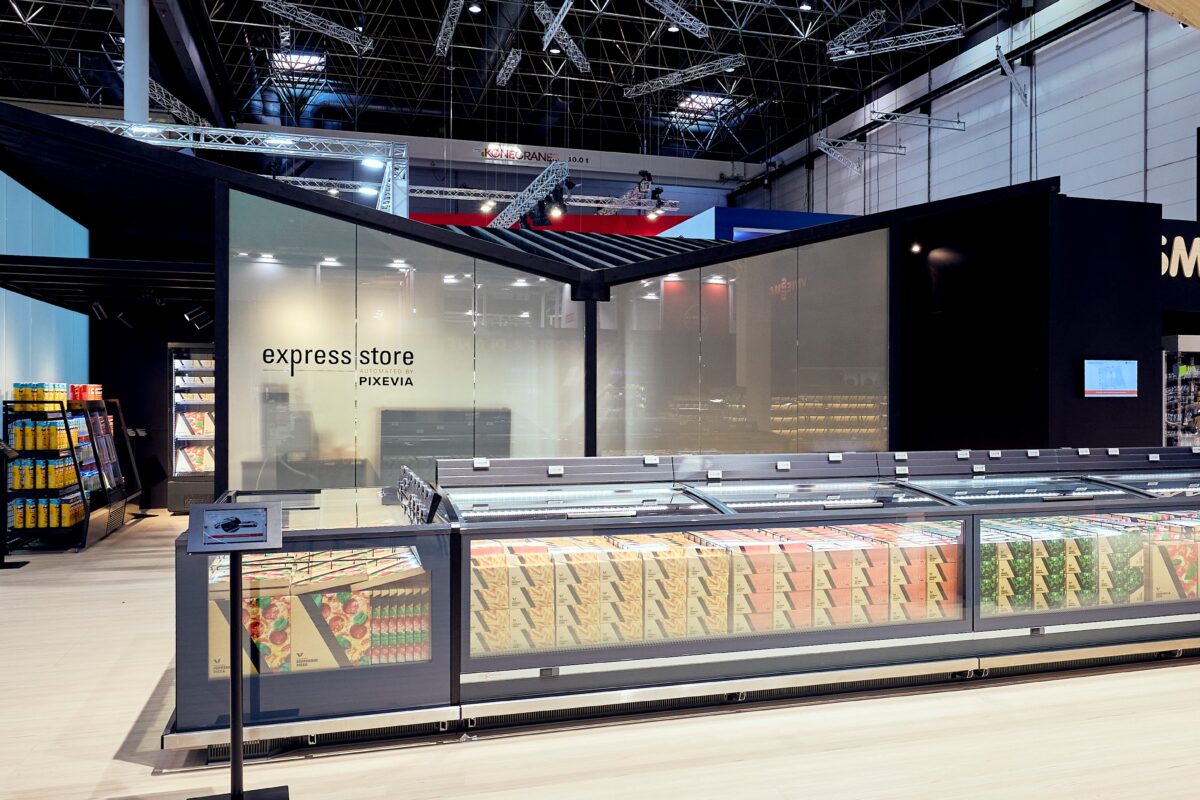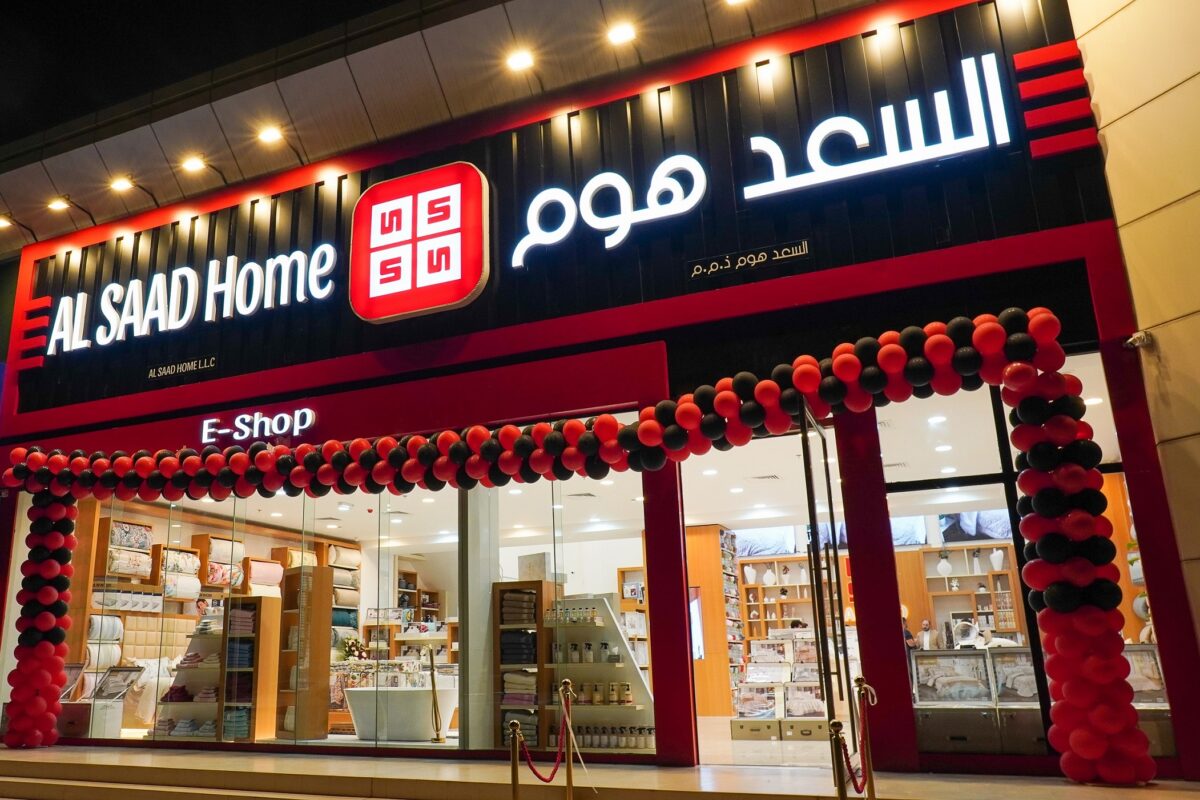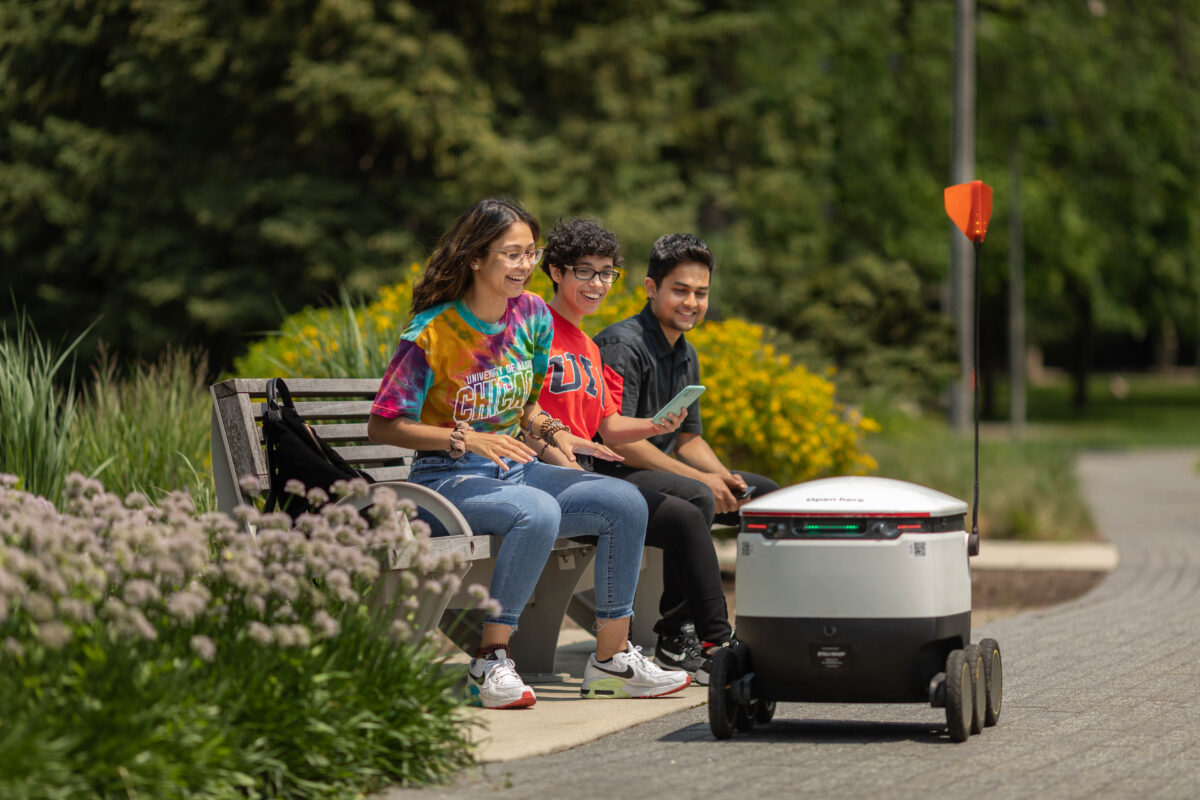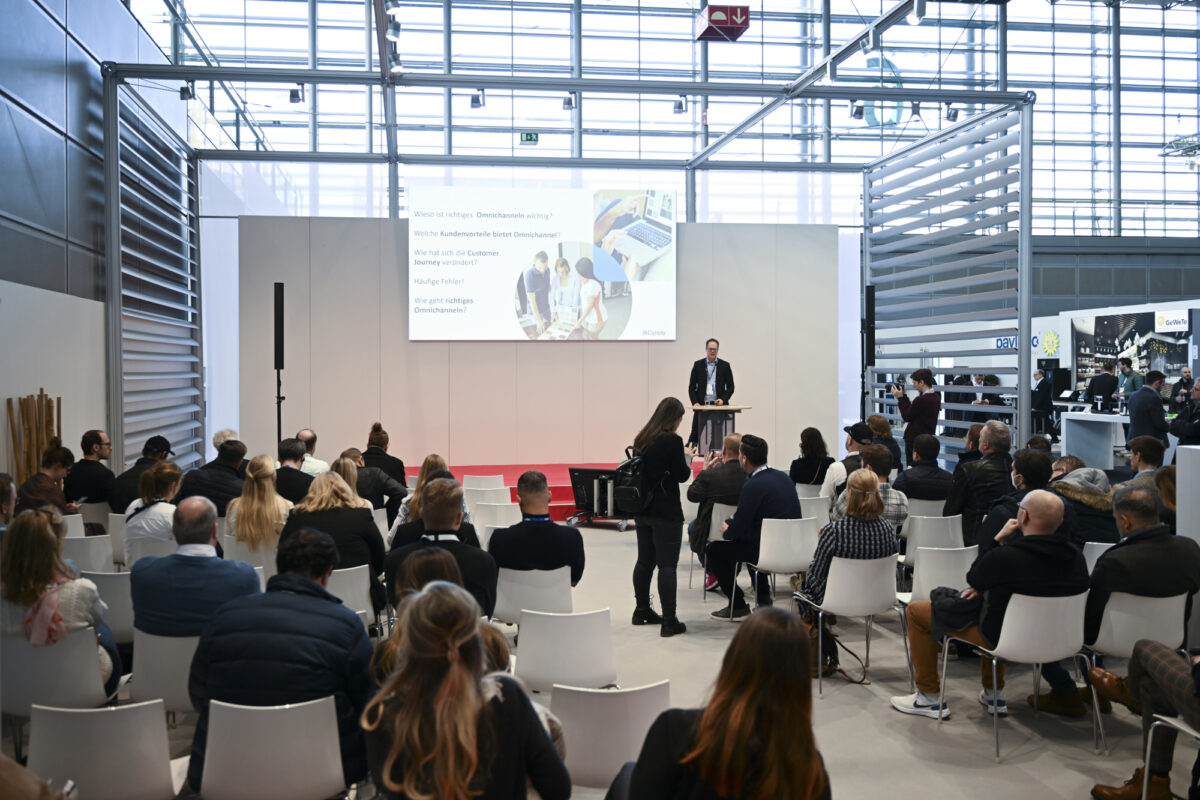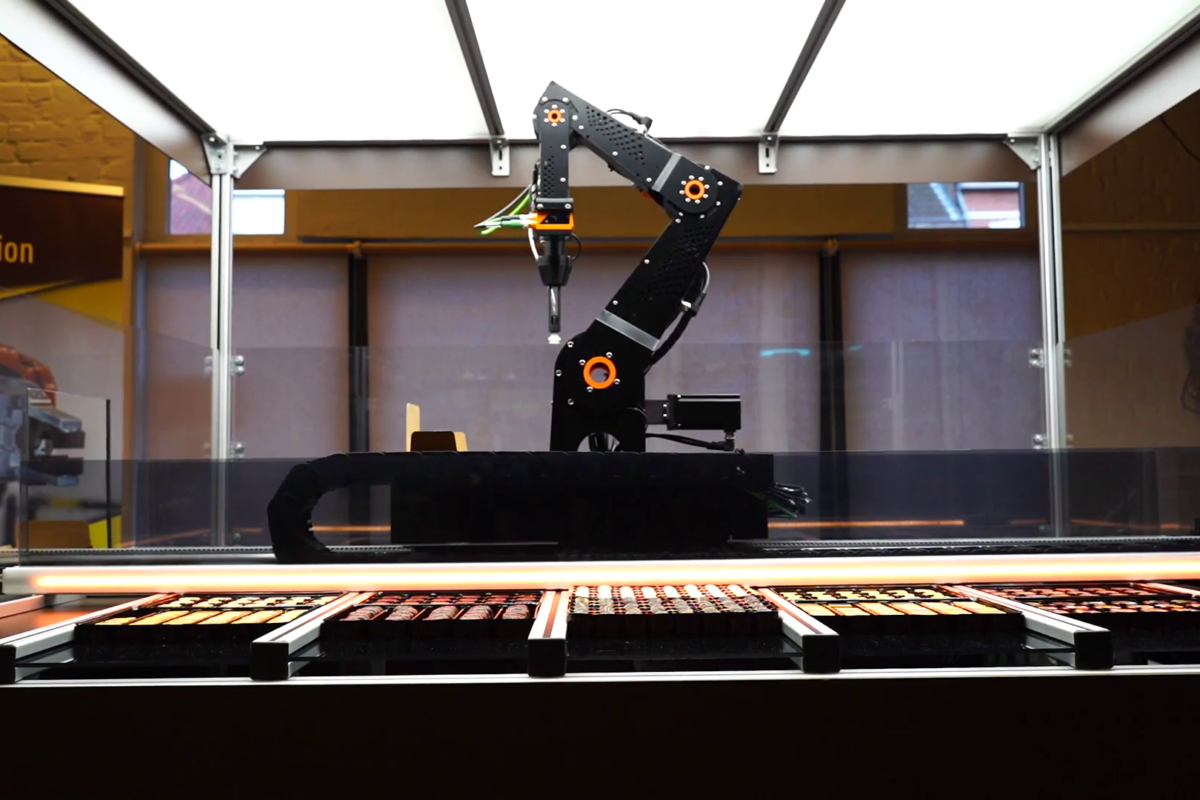Automating in-store retail platforms thanks to IoT – Benefitting retailers and customers.
by Katja Laska (exclusively for EuroShop.mag)
Self-scanning, self-checkout systems, interactive displays to get more product information or connect to the online store – digitization permeates all aspects of brick-and-mortar retail. But even behind the scenes, the “smart store” opens up an abundance of amazing possibilities customers might not be aware of.
Households are getting smarter – motorized, automated blinds and shades, smart control devices that regulate the home’s lighting and temperature as a great way to save energy – all made possible by connecting the light fixtures, switches, and appliances in your home.

Stefan Lenz, Business Developer Digitization, IoT, Realtime Analytics and AI at Fujitsu.©Fujitsu
What works in the smart home could also work in the smart store. The idea: The Internet of Things (IoT) provides the framework to enable in-store automation. “The IoT and network connectivity across retail stores are elements of increasing importance as they boost the efficiency of processes – benefitting both employees and service personnel. Another key aspect is automation in energy and cost management. It offers massive savings potential and simultaneously reduces the ecological footprint, resulting in a win-win situation for companies, employees and the environment,” says Stefan Lenz, Business Developer Digitization, IoT, Realtime Analytics and AI at the technology solution company Fujitsu.
Using the Internet of Things, artificial intelligence, and predictive analytics to automate retail stores
Many in-store applications already feature sensors, making them self-monitoring smart devices. “There are many applications for demand-driven task management: Options range from automated temperature monitoring of cooling equipment to automated vending inventory management,” explains Lenz. “Another classic application for these types of solutions involves temperature and humidity monitoring in the produce section, which also helps extend fresh produce shelf life and reduces inventory write-offs.”
Shopping carts are made available where needed, reverse vending machines are emptied at the right time and shelves are replenished. An employee opens another cash register right when it is needed most. All aspects and processes customers may not consciously notice but that have a positive impact on the shopping experience. They also make store automation possible, because the staff is informed when action is required in a specific area.
What does this look like? Along with its partners Citrix, Bosch, and ServiceNow, Fujitsu presented its “Store Operations Cockpit” live at EuroShop 2020. This software smartly links in-store processes. The analytics platform can analyze and map various sensor readings from IoT platforms, AI-based systems, and POS, inventory, and personnel information. Citrix delivers a cloud-based solution to facilitate store communication using mobile devices such as smartphones or smartwatches. The moment one of the steps listed above requires action, the digital Command Center sends a push notification to the respective employee to alert them to act. The employee can click to confirm and acknowledge once the task has been received and completed.
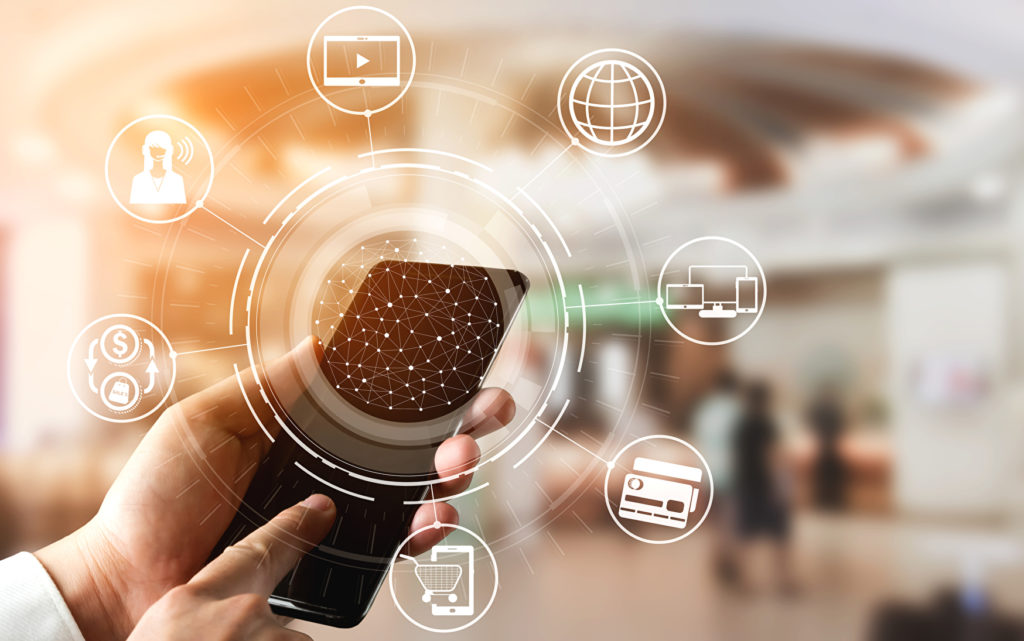
© PantherMedia / BiancoBlue

Christian Floerkemeier, CTO and co-founder of Scandit // ©Scandit
Christian Floerkemeier, CTO and co-founder of Scandit explains how IoT and a watchful eye help make the retail employee’s workday even easier: “Modern, mobile computer vision technologies allow retailers to create a ‘digital twin’ of their store. Store employees use the camera on their mobile phone to detect pricing errors, out-of-stock products and even planogram errors. They only need to scan a shelf section, and the software automatically identifies the missing products. Augmented reality visualizes all these aspects in the digital twin without the need for tedious manual scans.”
IoT also enables the management of in-store technology: Motion detectors at entrances, exits and in the aisles can sense whether someone is in an area and send a signal to the retail lighting system, which then dims the lights accordingly. Retailers can also configure the operating times of heated air curtains in the entrance area of the store. “Infrastructures such as escalators or elevators are analyzed by algorithms to initiate predictive and condition-based maintenance to ensure efficient operation,” says Lenz.
Smart store solutions require integration
Many companies have recognized the huge potential of the smart store concept and want to take advantage of it by applying their own solutions. Yet despite all the possibilities, the networked store still appears to be in the early stages. Many things are already possible, but they tend to use a point-solution approach. Interested retailers are advised to be cautious and “to not set up and run a mix of non-interacting point solutions. To put it bluntly, you cannot expect the people in charge to manage a store by wearing five smartwatches on their arms and monitoring 15 dashboards on the PC. That is why we need integrated solutions such as the ‘Store Operation Cockpit’, which collect and bundle all the necessary information and manage the different systems in conjunction with other systems, “Lenz recommends.
Once this has been accomplished, a smart store can win the hearts of consumers in the future but – despite all the excitement around digitization – must also always include the real world into any considerations. “The smart store of the future needs a seamless checkout experience, inventory management solutions that optimize on-shelf availability, retail employees who focus on interacting with the customer versus replenishing goods on the shelves, and digital customer services that offer customer orientation and product information,” Floerkemeier concludes.






